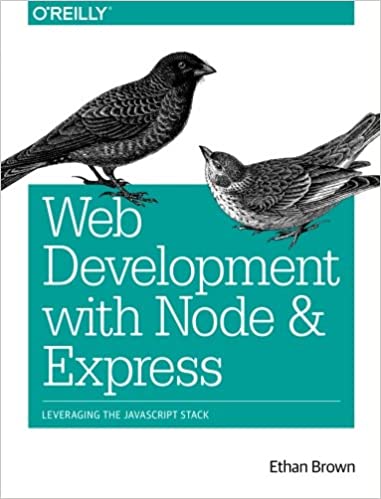; Date: Fri May 18 2007
Tags: Java »»»»
Yesterdays post on
Closed versus open multimedia formats seems to have struck a nerve. A lot of good comments.
I just came across Chris Adamson's blog,
Java SE Media (Or Not) at JavaOne ... wow that makes for some interesting reading, and it's clear Chris has thought about this far more deeply than I have.
First to consider is his
JavaONE BOF presentation on the state of Java media which is pretty depressing actually. But what is even more depressing is the alternative, for multimedia to remain entrapped by proprietary formats and corporate interests who want to use proprietarily controlled media formats as a leverage to maintain dominance over the computer industry.
Chris calls it the "Flash Planet". Since 1996-7 there has been this competition between various forces to control online media distribution. Largely it was between Microsoft (Windows Media), Real (Real Audio/Video) and Apple (Quicktime), right? But over the last two years Flash came from seemingly out of nowhere to become a major player in this market, largely riding the wave of YouTube and that ilk of site. Yes Flash has been around for a long time, but it's presence in distributing video over the Internet wasn't so good until the YouTube sort of sites started using it in a big way.
Some corporations are clearly playing this game as an attempt to force the user population towards their platform... e.g. go to
CNN.com and try to view the video, if you don't have a system capable of viewing Windows Media then you're out of luck. At least Flash is rather decently cross-platform and integrates pretty well with browsers etc. But it's still a closed format (so far as I know) that attempts to limit user choice in terms of software and platform.
In a way this issue isn't about Java at all. It's just like the importance of the Open Document Format (ODF) specification isn't about Open Office. It's about the freedom to mix the application set you use and to freely choose the one you like best.
For a good analogy consider all the image editing programs out there. There's a wide variety of them, and they compete really well on features etc. How can they do that? Simple, the data format for images is pretty well understood, there are several image formats which are open standards allowing multiple vendors to implement code to use and manipulate the image formats etc. This resulting wide variety of tools is good for the marketplace.
Why can't you do the same with office documents? Why does each office document suite (in the old model) use its own document format? The ODF standard changes this picture in that theoretically you can have multiple software vendors implementing the ODF standard and to produce tools of a wide variety.
Chris lays out really well how this applies to media ... There's three steps he discusses, capture, edit, and viewing. Java could play an important role in all three, but I think what's more important is for the media formats to be made open enough so that all three steps can be implemented by any software. Yes I love Java very much, but I also think we don't want to move to bypass a WMF/QT/FLASH entrapment by creating a Java entrapment.
The way I see it, your data is your data ... The old model of editing your data is that the application vendor entraps you to using their application as the only way to edit your data. I think that's a bad model for the end users to have to live with.
Source:
weblogs.java.net











